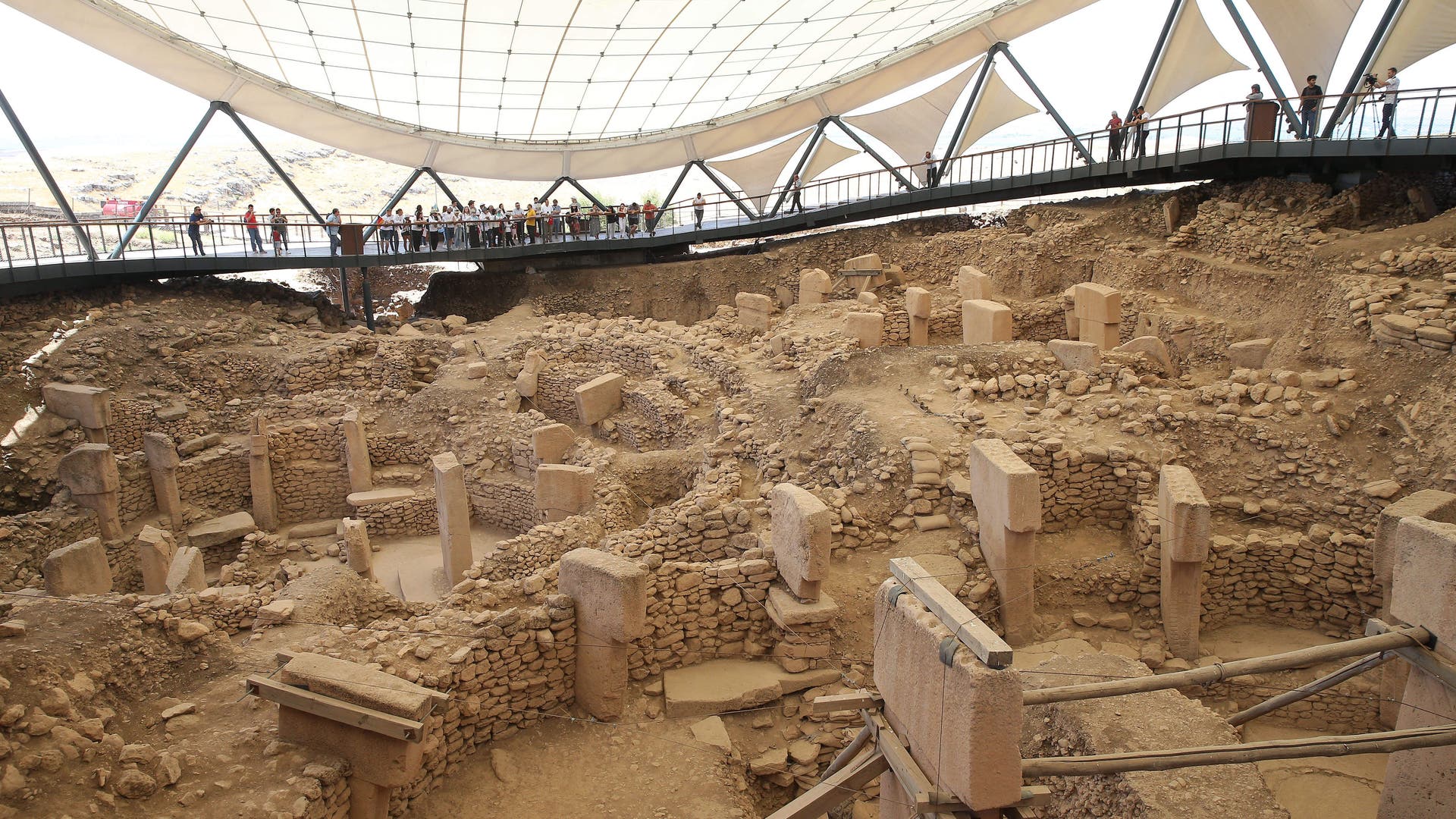3,000 Years OLDER Than #Göbekli-Tepe: 14,500-Year-Old Largest Natufian Enclosure
75,539 views 1 May 2024 #göbeklitepe #ancientarchitects #karahantepe
Karahan Tepe is one of the most mind-blowing sites of the ancient world, with origins dating back to around 11,400 years ago.
The size and scale of the settlement is impressive, but the architectural feats are what really excite the imagination. They are incredible – intricate, carefully planned and well-made. They were built by people who knew exactly what they were doing.
But how did they know how to do it?
It looks like they had a well-planned, well-developed, tried and tested method of construction, and obviously it worked, because we know the building was in use for many generations, and the key structural elements still survive today, thousands of years later.
Some claim the enclosures appeared almost as if by magic, with the people of ancient Anatolia transitioning from primitive hunter-gatherers to gifted engineers and builders, almost overnight. It like more advanced people came to teach the primitive people how to do it.
But as I’ve showed over the past few years on this channel, there was no giant leap in knowledge, and there are many pre-cursor sites all over the Fertile Crescent and beyond.
Wadi Hammeh 27 is one such site. It dates back to 14,500 years ago, meaning it's 3,000 years older than Karahan Tepe and Gobekli Tepe. Experts believed it was a kind of base camp to the ancient Natufian people, a forerunner of the sedentary settlements we find in the Pre-Pottery Neolithic.
In this video, I'm going to take a look at Structure 2 in Wadi Hammeh 27, and compare it to Structure AD of Karahan Tepe, to hopefully show how people already had the skills, technology and knowhow to build complex structures, thousands of years before Gobekli Tepe and Karahan Tepe.
Contents:
0:00 Introduction
0:28 Karahan Tepe Overview
1:47 Why T-Shaped Pillars?
2:03 Reconstructing the Roofs
3:18 Astronomical Observatory?
4:39 Join me in Turkiye!
4:53 Ancient Technology and Knowhow
5:41 Teachers from a Lost Civilization?
6:03 Evolution Through the Ice Age
7:00 Wadi Hammeh 27
11:32 Wadi Hammeh 27 Structure 2
13:57 Comparisons to Karahan Tepe
14:50 Natufians Were Builders
15:40 The Stone Art of Wadi Hammeh
17:54 Life Before Gobekli Tepe
19:53 Concluding Remarks
https://www.youtube.com/watch?v=59VkitNYMko
